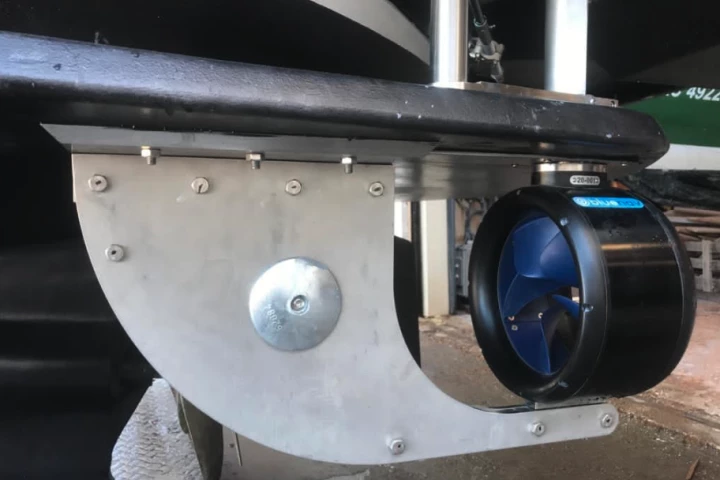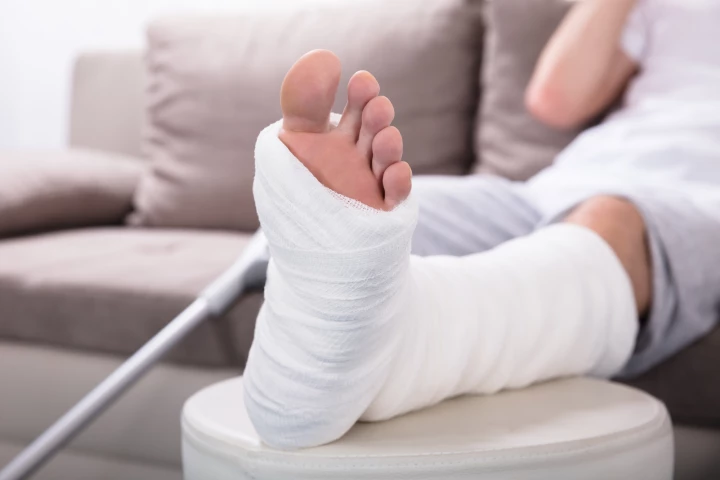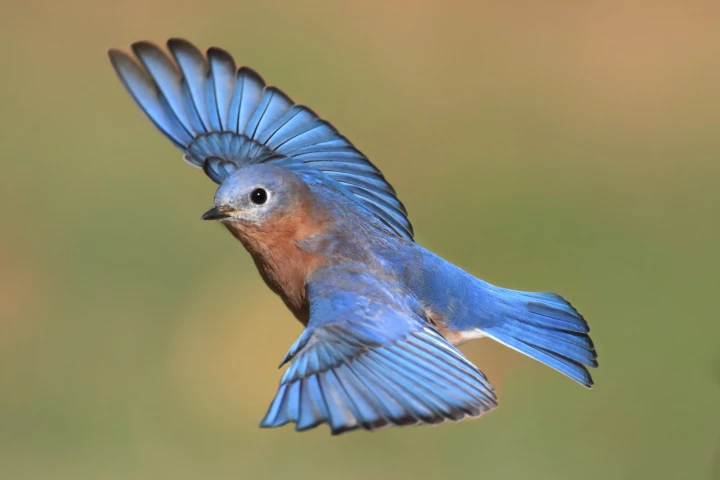Biomimetic
-
With sights set firmly on supporting the development of hybrid boats, BlueNav has integrated its unique whale-inspired hubless electric drive into a new smart propulsion system with both ICE and electric power.
-
It’s straight out of a comic book: a shot of liquid silk quickly hardens into a sticky, strong fiber that can lift objects. Sound familiar? Researchers have described their Spider-Man-inspired tech in a new study.
-
Inspired by the color-changing skin of squids and other cephalopods, researchers have developed a flexible screen capable of storing and displaying encrypted images without using electronics – just tiny magnetic particles.
-
Metalworking usually requires very high heat and pressure, but scientists in Singapore have now demonstrated a way to make very pure metal structures at room temperature. It’s inspired by the exoskeletons of crabs and insects.
-
Inspired by the shiny lining of mollusk shells, researchers created a cement composite 19 times more flexible and 17 times more crack-resistant than regular cement. Its properties could be applied to brittle ceramic materials like porcelain and concrete.
-
BlueNav is bringing a more natural spin to its electric marine drive lineup. The all-new Whale Design propeller features blades that follow the contours of a whale to improve system efficiency.
-
Researchers regenerated damaged bone in mice by creating a scaffold that combines a piezoelectric framework and the growth-promoting properties of a naturally occurring mineral. The novel “bone bandage” has wide-ranging potential applications.
-
Researchers have overcome a challenge in robotics by developing a sensor that can slide over braille, accurately reading it at twice human speed. The tech could be incorporated into robot hands, providing fingertip sensitivity comparable to humans.
-
The microscopic structure of the feathers of the eastern bluebird, a type of North American thrush, has inspired the creation of a simple-to-produce, scalable and robust novel synthetic material that could be used in batteries and water filters.
-
Inspired by a water-dwelling spider, researchers have created a novel surface material that stays dry for months underwater. They say the surface is easy to produce, scalable, and has a wide range of practical applications.
-
Avoiding eating your favorite ice cream because you don’t want to experience the pain caused by sensitive teeth may soon be a thing of the past, with researchers offering a. long-term fix by developing a novel way of rebuilding lost tooth minerals.
-
Once again, technology has been inspired by nature. After examining how centipedes traverse rough terrain, researchers created a multi-legged robot that mimics their curved, side-to-side movement, providing greater stability and maneuverability.
Load More











